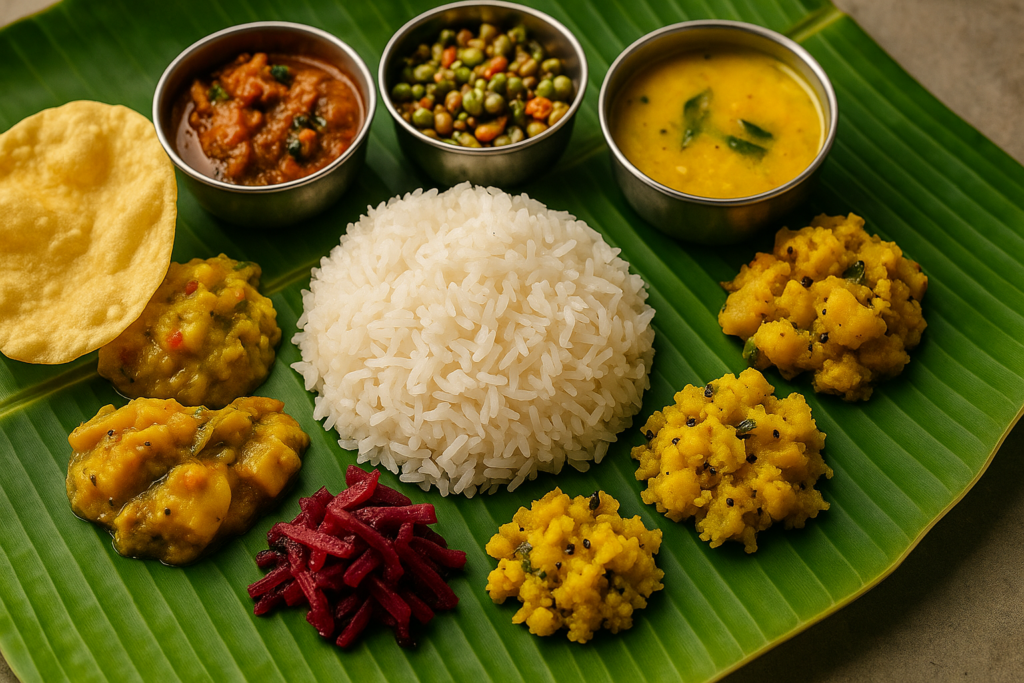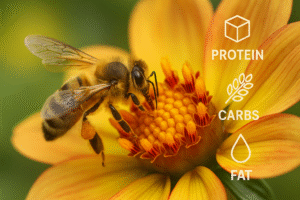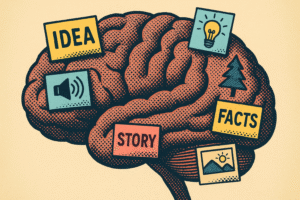Fun fact: The French spend more than twice as long eating meals as Americans do—over two hours a day!
In our race against time, we’ve started treating food like petrol—fuel to keep the engine running. But have we forgotten that food is more than just sustenance? Is it culture, memory, pleasure, and connection? Welcome to the forgotten joy of eating slowly.
This isn’t just nostalgia for home-cooked meals. It’s a quiet protest against a world that’s speeding up, even as our bodies and hearts beg us to slow down.
The Rise of Fast Food, the Fall of Mealtime
Not too long ago, mealtime was sacred. It was a pause in the day—an excuse for families to gather, laugh, and listen. But fast food culture, time-starved lifestyles, and productivity-obsessed routines have reshaped how we eat. Meals are now squeezed between meetings or devoured in cars. The microwave replaced the stove. The table gave way to the screen.
Food, stripped of ceremony and context, has become transactional.
A study by the Organisation for Economic Co-operation and Development (OECD) reveals that Indians dedicate only around 1 hour and 15 minutes daily to meals—far less than in food-loving nations like France or Italy, where dining is considered a cherished cultural experience.
What We Lose When We Eat Fast
Cultural Connection Fades
Every region in India boasts a food story—from Rajasthani dal baati churma to Bengali macher jhol. These aren’t just dishes; they are expressions of history, geography, and identity. When we reduce meals to convenience, we lose the rituals, songs, and even the grandmother’s secret spice mix that made them special.
Eating slowly gives space for stories to be told and retold around food. Think of Onam Sadya or Eid biryani feasts—meals that unite families, preserve tradition, and pass on values.
Mindful Eating Declines
Mindfulness isn’t just about meditation; it’s also about how we eat. Gobbling food while scrolling through Instagram is a recipe for overeating and under-eating. Eating slowly engages the senses—flavour, texture, smell, and satisfaction. You notice the cardamom in your chai, the crunch in your dosa.
Studies show that mindful eating can reduce binge eating, aid digestion, and even help with weight management. It’s not just what you eat, but how you eat that matters.

Digestion Suffers
Digestion begins in the mouth, not the stomach. Chewing thoroughly activates enzymes that break down food and prepare the gut for what’s next. When we eat too quickly, we skip this crucial step. The result? Bloating, acidity, and nutrient loss.
In Ayurveda (an ancient Indian system of medicine), the act of eating is a ritual, complete with guidelines: eat with gratitude, chew well, don’t multitask. These aren’t superstitions; they’re time-tested science wrapped in tradition.
The Slow Food Movement: A Global Reawakening
The Slow Food Movement, which began in Italy in 1989, emerged as a counter to the rising dominance of fast food and industrialised eating habits. Today, it champions local food, traditional cooking, and the sheer joy of slowing down to savour a meal.
India, with its deep culinary heritage, is a natural fit for this movement. NGOs and food collectives are reviving lost grains, encouraging farm-to-table practices, and advocating for traditional thalis over instant noodles.
Take Tula India, a social enterprise that supports organic cotton and food growers—they’ve partnered with farmers and homemakers to create community dinners that celebrate indigenous ingredients and stories.
How to Rediscover the Joy of Eating Slowly
Eating slowly isn’t about rigid rules or guilt—it’s about intention and experience. Here’s how to start:
- Reclaim the Dining Table
Make it a phone-free zone. Light a candle. Play soft music. Treat your thali like a five-star plate.
- Cook Something from Scratch
Even once a week. The aroma of freshly ground masalas, the sizzle of tadka (tempering), the rhythm of chopping—all slow you down and connect you to the process.
- Eat With Others
Shared meals foster deeper relationships. Whether it’s a Sunday family lunch or a simple dinner with roommates, food is more nourishing when shared.
- Practice Gratitude
Before diving in, take a moment to appreciate the journey of your food—from farmer to market to plate.
- Use All Your Senses
Notice the colours, textures, and smells. Chew slowly. Savor. It’s not indulgent; it’s human.
A Modern Problem With an Ancient Solution
In a world obsessed with productivity, slowing down can feel rebellious. But our bodies remember what our minds forget—that eating is one of the most ancient pleasures of being alive.
The phrase “You are what you eat” should really be “You are how you eat.”
By reclaiming food as culture—not just fuel—we don’t just eat better. We live better.
Conclusion: What’s at Stake Is More Than a Meal
This is a call to arms—or rather, to forks.
If we continue to treat food as just another item on a to-do list, we risk becoming disconnected from the very thing that sustains us—physically, emotionally, and culturally.
The next time you eat, ask yourself: Am I just feeding my body, or am I feeding my soul too?
Author’s Note
In writing this, I found myself reflecting on how often I rush through meals, especially during workdays. This blog isn’t just advice—it’s a reminder to myself. May we all learn to eat slowly, savour more, and live with greater presence.
G.C., Ecosociosphere contributor.
References and Further Reading
- Slow Food International – Official Website
- The Art of Mindful Eating – Harvard Health
- Chew Your Food For Better Digestion. https://www.gracevanberkum.com/post/chew-your-food-for-better-health
- Kellogg, H. (2013). The Past, Present, and Possible Future of the Organic Foods Movement in the United States.




